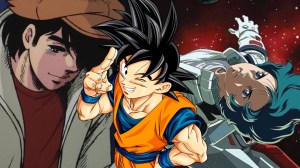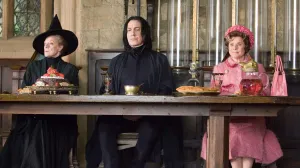The 1980s produced iconic series that shaped the medium and set the foundation for modern storytelling. However, it was also a time of experimentation, often constrained by the limitations of the era. Budgets were tight, production schedules were grueling, and many series were either cut short or underdeveloped, leaving incredible potential unrealized. For every masterpiece, there were countless ambitious stories that fell victim to rushed endings, uneven pacing, or poorly explained lore, simply because studios couldn’t afford to do more or took on too much at once.
Videos by ComicBook.com
One of the most glaring issues with 80s anime was the reliance on episodic storytelling, even when the premise begged for serialization. This left many plotlines feeling repetitive or incomplete, like in Urusei Yatsura, which leaned heavily on its comedic hijinks but underdeveloped its romantic core. Despite these flaws, the 80s were a breeding ground for bold ideas that deserve to be revisited today.
5. Aura Battler Dunbine
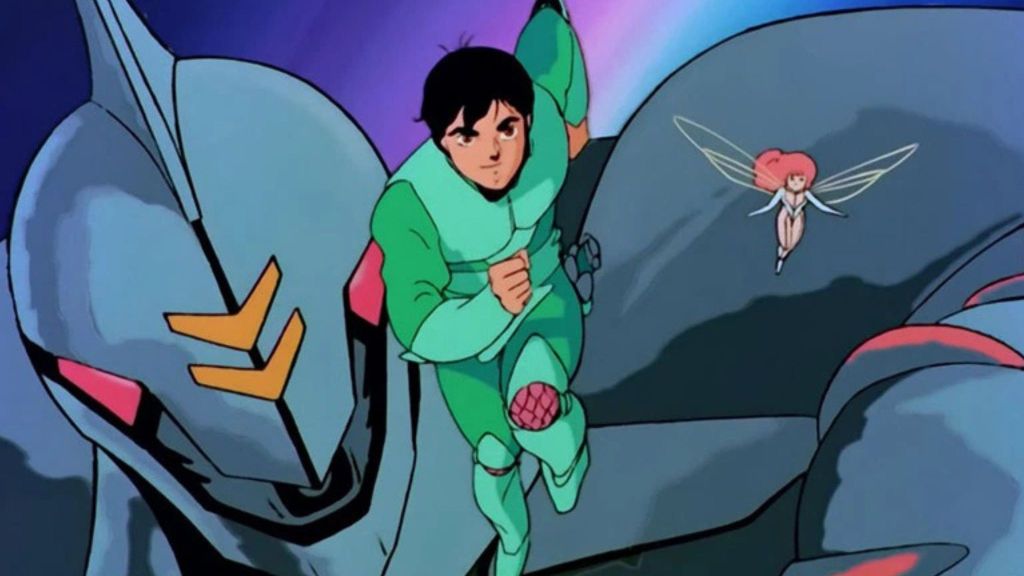
Aura Battler Dunbine is a proto-isekai war epic (1983) that drags street racer Shō Zama from modern Japan into a feudal otherworld of sprites, nobles, and mecha. Shō is conscripted by the power-hungry Lord Drake Luft, who is building an army of Aura Battlers to conquer Byston Well and expand his reign to Earth. Initially, Shō fights for Drake but soon realizes the unjust nature of his rule. Betrayed, Shō defects to the resistance and allies with Marvel Frozen, a fierce warrior from the U.S. who was also summoned to Byston Well. Together, they battle against Drake’s forces, leading to a larger conflict that spills over into Earth, threatening both worlds. The story grows increasingly tragic as the line between hero and villain blurs. It deserves a reboot because its ambition outran its 1983 TV production and toy-era constraints.
4. Cat’s Eye

Cat’s Eye is a heist series by Tsukasa Hojo (of City Hunter fame) about three sisters — Hitomi, Rui, and Ai Kisugi — who run a cafe by day and moonlight as the art-thieving trio. Their sophisticated heists target specific paintings that once belonged to their missing father, Michael Heintz, a renowned art collector who mysteriously disappeared years earlier. The series blended elements of romantic comedy and high-stakes heist thriller decades before such combinations became commonplace in series like Lupin III: The Woman Called Fujiko Mine.
Despite running for 73 episodes from 1983 to 1985 (with two distinct seasons), Cat’s Eye has remained relatively obscure outside Japan compared to contemporaries like City Hunter or even Hojo’s later works. This obscurity is particularly undeserved given the series’ sophisticated narrative structure. The original series ended without fully resolving all the mysteries surrounding the Kisugi father and the “Magnificent Seven” collection, leaving potential for a reboot to expand upon this mythology. The good news is that a 12-episode ONA by Liden Films is premiering on Disney+ and Hulu in two parts: September 26 to October 31, 2025, and December 26, 2025 to January 30, 2026.
3. Gunbuster
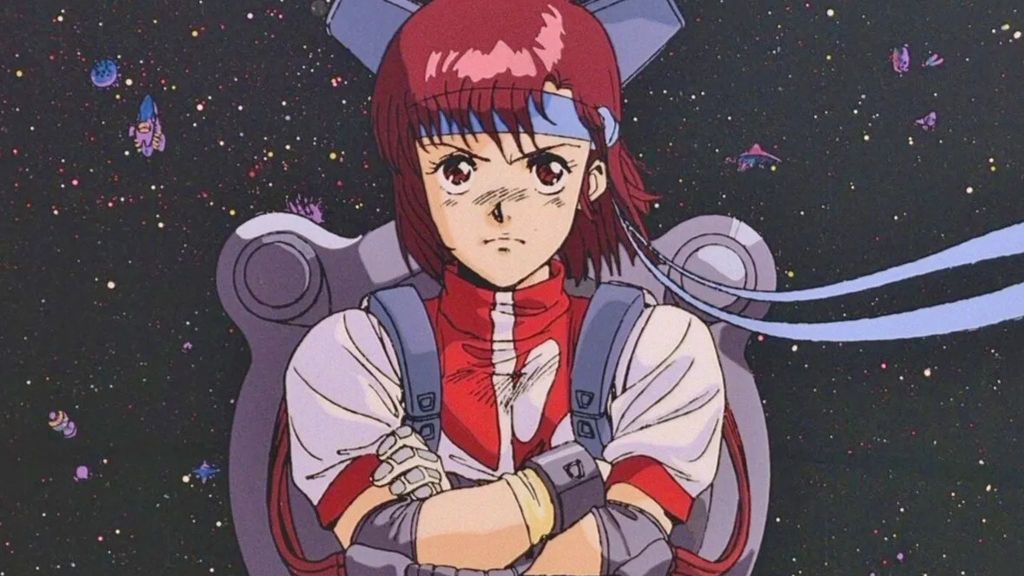
Gunbuster absolutely deserves a modern reboot, not as a replacement for the 1988 original, but as a respectful reimagining that could bring director Hideaki Anno’s first masterpiece to new audiences. Created three years before his landmark Neon Genesis Evangelion, this six-episode OVA represents Anno’s first exploration of the psychological dimensions of heroism.
The 1988 story fuses mecha action with sci‑fi and coming‑of‑age melodrama. It follows Noriko Takaya, daughter of a starship captain killed in humanity’s war against cosmic “space monsters.” Plucked for a pilot training program more on legacy than skill, Noriko struggles with imposter syndrome under the stern mentorship of Coach Ohta and alongside the effortlessly brilliant Kazumi Amano. Missions at relativistic speed mean minutes for Noriko can be years for Earth. As she improves, each sortie costs her time with the people she’s fighting to protect. While Diebuster (Aim for the Top 2) provided an excellent spiritual sequel in 2004, a true reboot of Gunbuster could introduce Anno’s first masterpiece to viewers who know him only through Evangelion or his recent Shin series (Godzilla, Ultraman, Kamen Rider).
2. Kimagure Orange Road
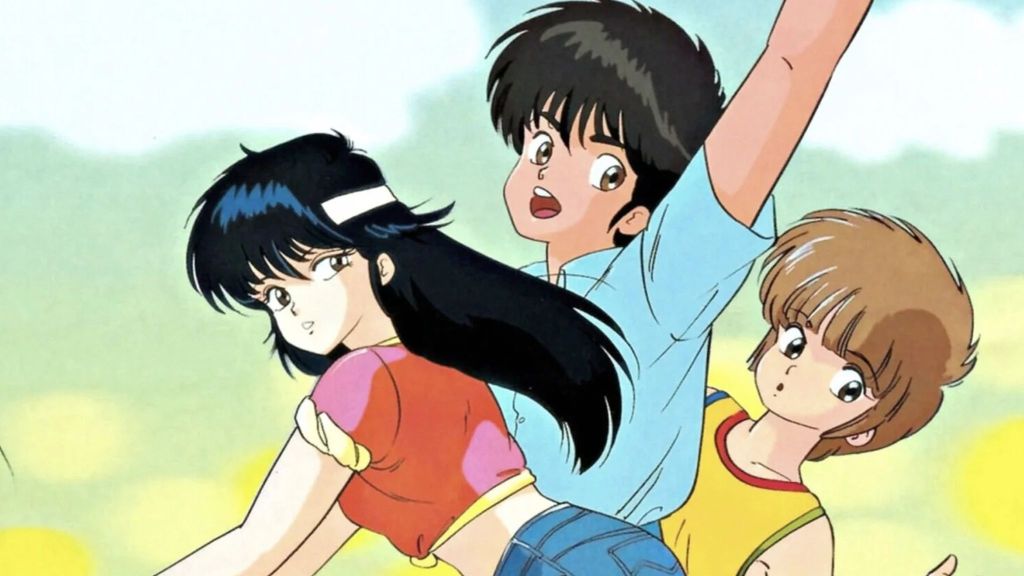
Kimagure Orange Road is a romantic comedy series that blends high school love triangles with a light sci‑fi twist. The series pioneered the romantic comedy-drama format that would become a staple of anime, influencing everything from Video Girl Ai to Waiting in the Summer.
The story follows Kyosuke Kasuga, a kind-hearted but indecisive teen from a family of ESPers who must keep their telekinetic powers secret. After a chance encounter with Madoka Ayukawa, he transfers to her school and finds himself in a slow-burn triangle with Madoka and her bubbly best friend, Hikaru Hiyama. He can literally reset situations with time-travel (in the movies) or bend reality, yet the series keeps reminding him that shortcuts in love carry consequences. Kimagure Orange Road merits another opportunity to break viewers’ hearts and then carefully put them back together again — just as it did for a generation of anime fans who still can’t hear “Night of Summer Side” without feeling a bittersweet pang of nostalgia.
1. Bubblegum Crisis
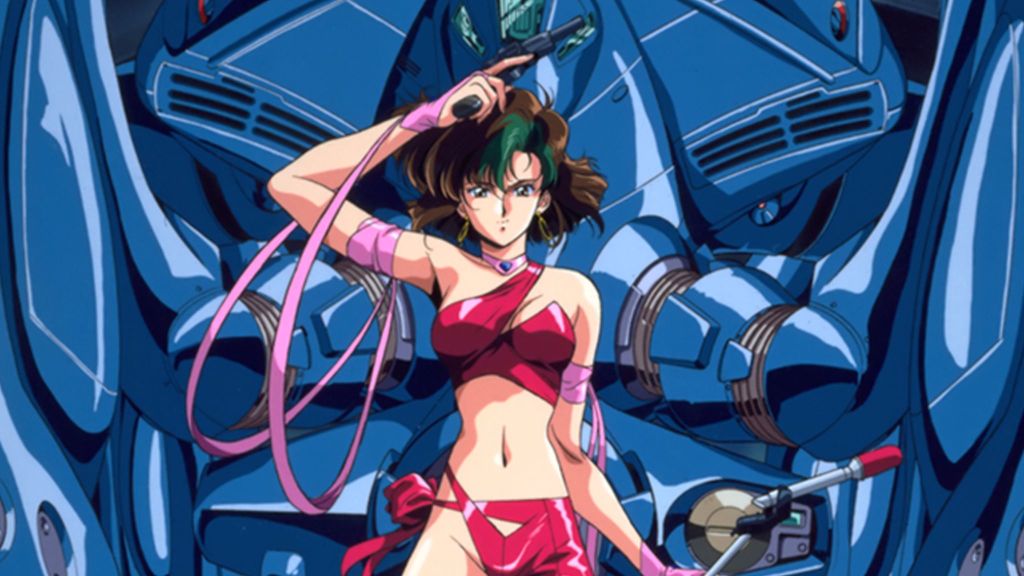
Bubblegum Crisis is one of the few 80s action anime with a female-led team that isn’t framed as novelty. It unfolds in a dystopian 2032 MegaTokyo, a city rebuilt after a devastating earthquake where powerful megacorporations rule over a society saturated with advanced technology. The story centers on the Knight Sabers, four women who don powerful mechanized “hardsuits” to battle rogue “Boomers.”
Bubblegum Crisis absolutely deserves a modern reboot, if for no other reason than its criminally truncated original run. The 1987 OVA series was planned for 13 episodes but was cut short at just 8 due to disputes between the studios involved. The series represents one of anime’s purest and most influential expressions of cyberpunk, predating even the animated adaptation of Akira. While the Tokyo 2040 reboot attempted to revisit the concept in the late 1990s, it significantly altered many core elements and never achieved the same cult status as the original.
What do you think? Leave a comment below and join the conversation now in the ComicBook Forum!

